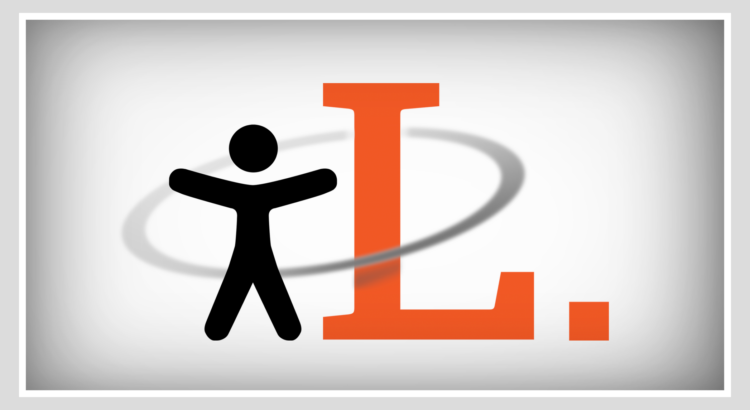Every day people encounter something that doesn’t work for them. A PDF that cannot be read aloud may not effect you, but for some that inaccessible PDF might as well be blank. A form that says ‘fill out the forms marked with red text’ may be obvious instructions to you, but some people will not be able to decipher which fields to complete. A video without subtitles excludes anyone that cannot clearly hear the audio. Creating accessible content is an essential practice to provide an inclusive and equitable experience for all.
Educators cannot rely on accommodation requests, or lack thereof, to decide when to make accessible content. 96% of disabilities are “invisible”, that is they are not outwardly visible to the casual observer.1 There is no way to determine who accesses content in what way by looking at them. Additional statistics suggest only one-third of college students with a disability disclose their status.2 Further, 94% of high school students with disabilities get some form of assistance, while that number drops to 17% at the college level.3
Accessible content is built for everyone and reduces the need to accommodate specific cases, increases the usability of content, and maximizes the independence of all users. Accessible content is designed for a universal audience. Accessibility is not a feature, inaccessible content is a bug.
For more information on digital accessibility, watch this brief video (3:34)
EdTech incorporates digital accessibility into workshops and resources. EdTech is dedicated to adopting and using only the most accessible platforms and software.
To improve the accessibility of your content:
- Choose readable fonts and contrasting colours.
- Structure content using headings, lists, and tables.
- Write descriptive link text in place of pasting bare URLs or “click here” links.
- Add alternative text to images, closed captions to videos, and transcripts to audio recordings.
- Use templates and accessibility checkers.
For more information:
- Read the Accessibility Handbook for Teaching and Learning.
- Browse through the Brightspace Accessibility in 5 series.
- Check out Accessibility Quick Start Guides.
- Morgan, “Invisible Disabilities: Break Down the Barriers” ↩︎
- NCES, “A Majority of College Students with Disabilities Do Not Inform School, New NCES Data Show” ↩︎
- Yale, “Disability at Yale” ↩︎


